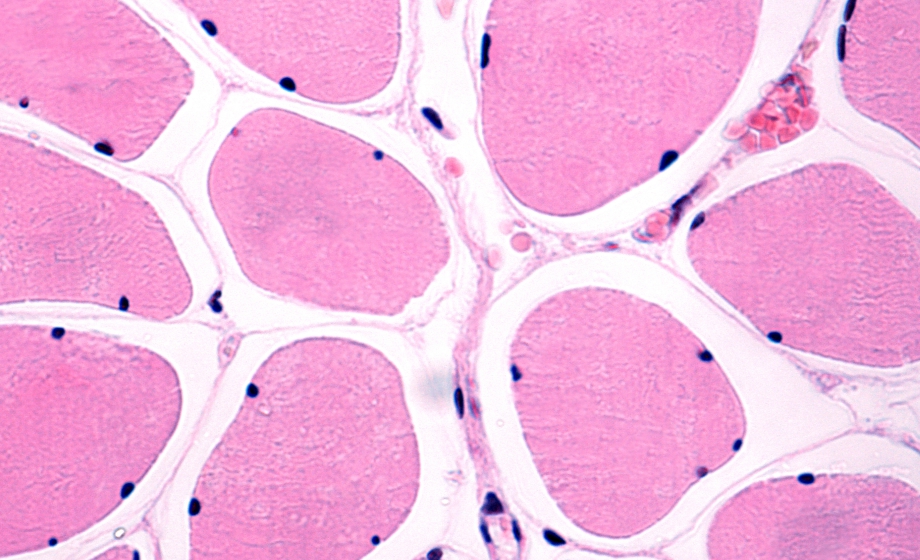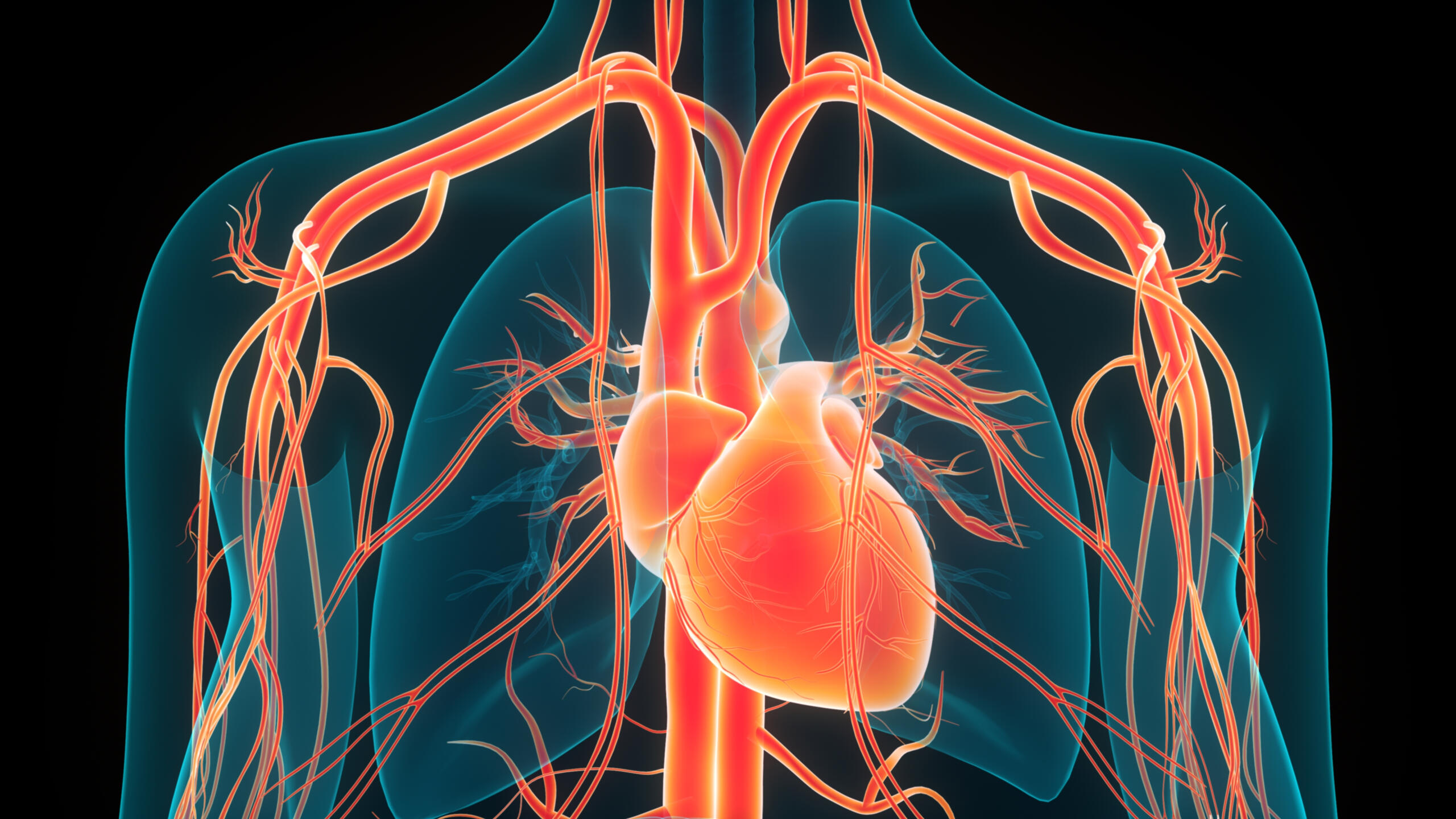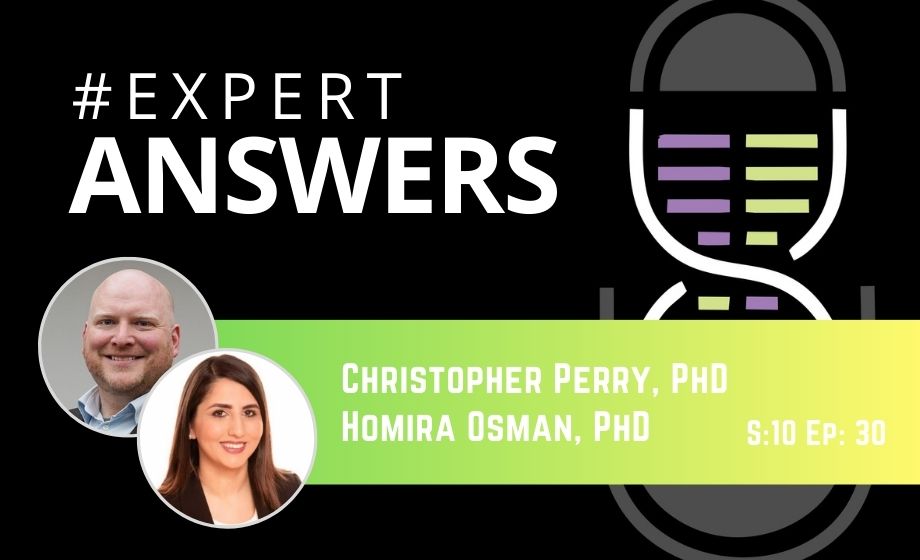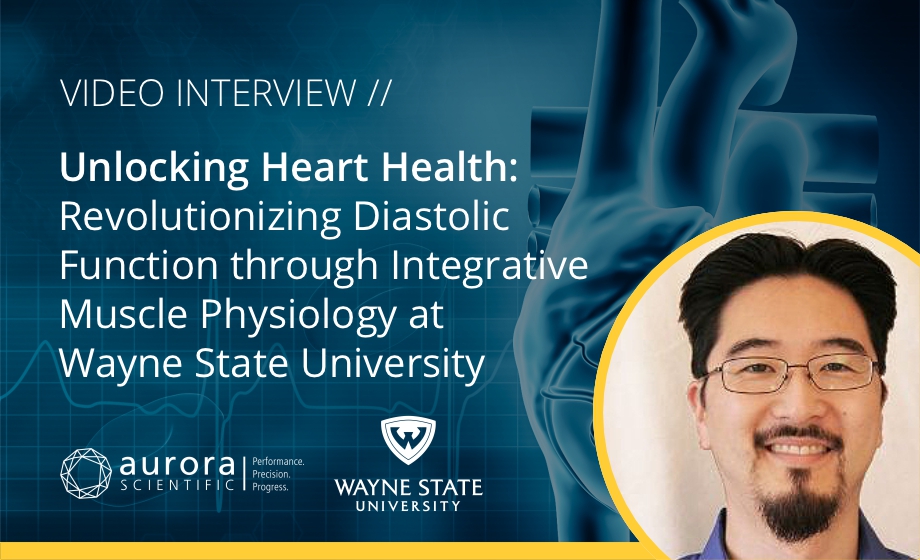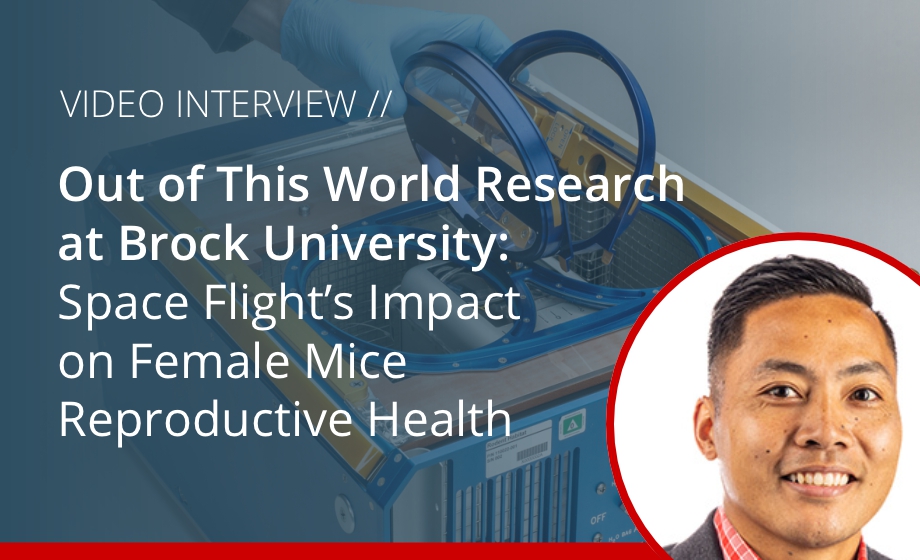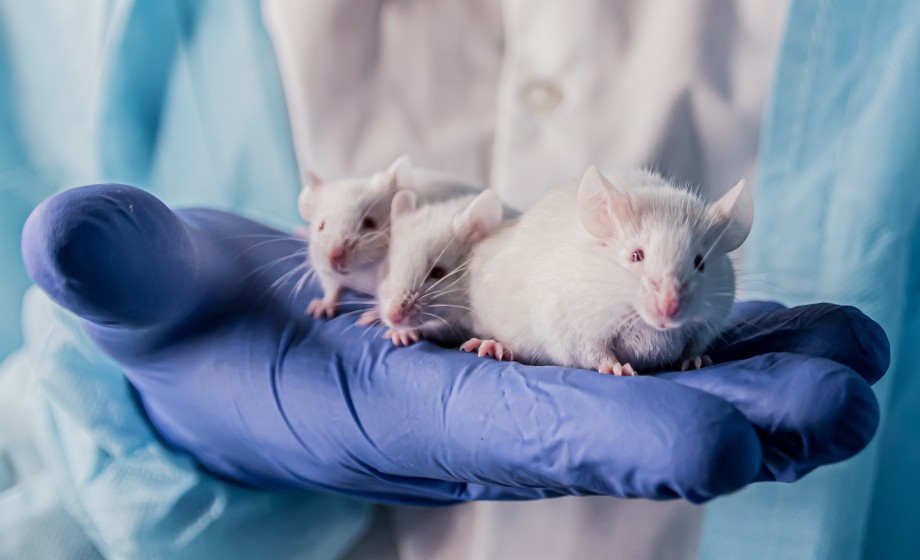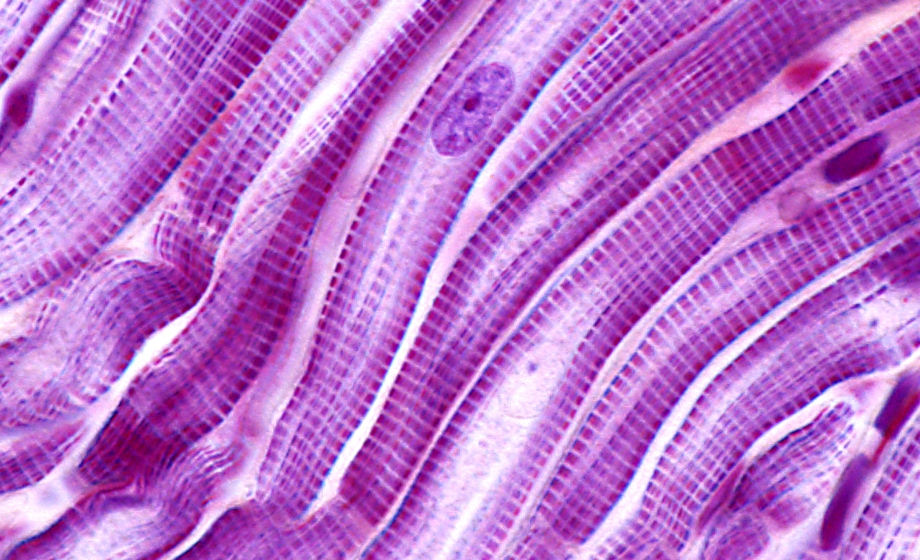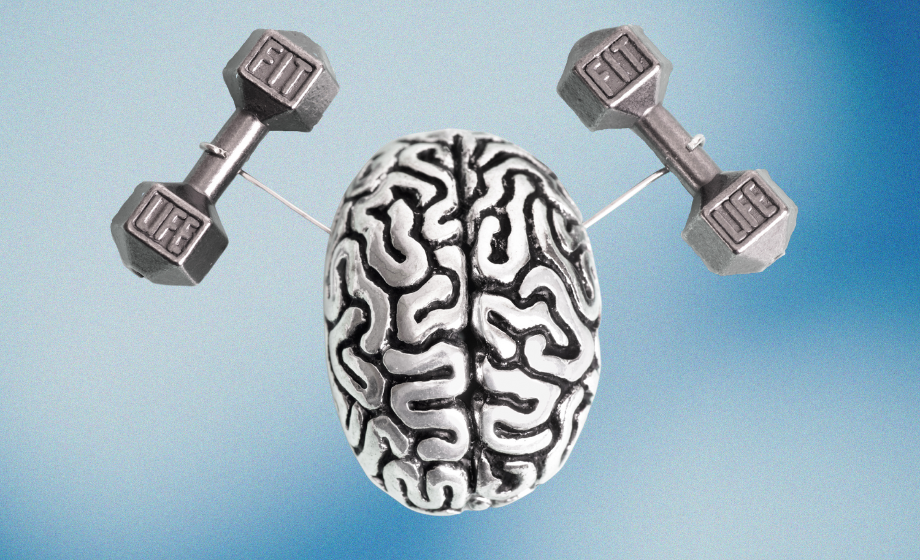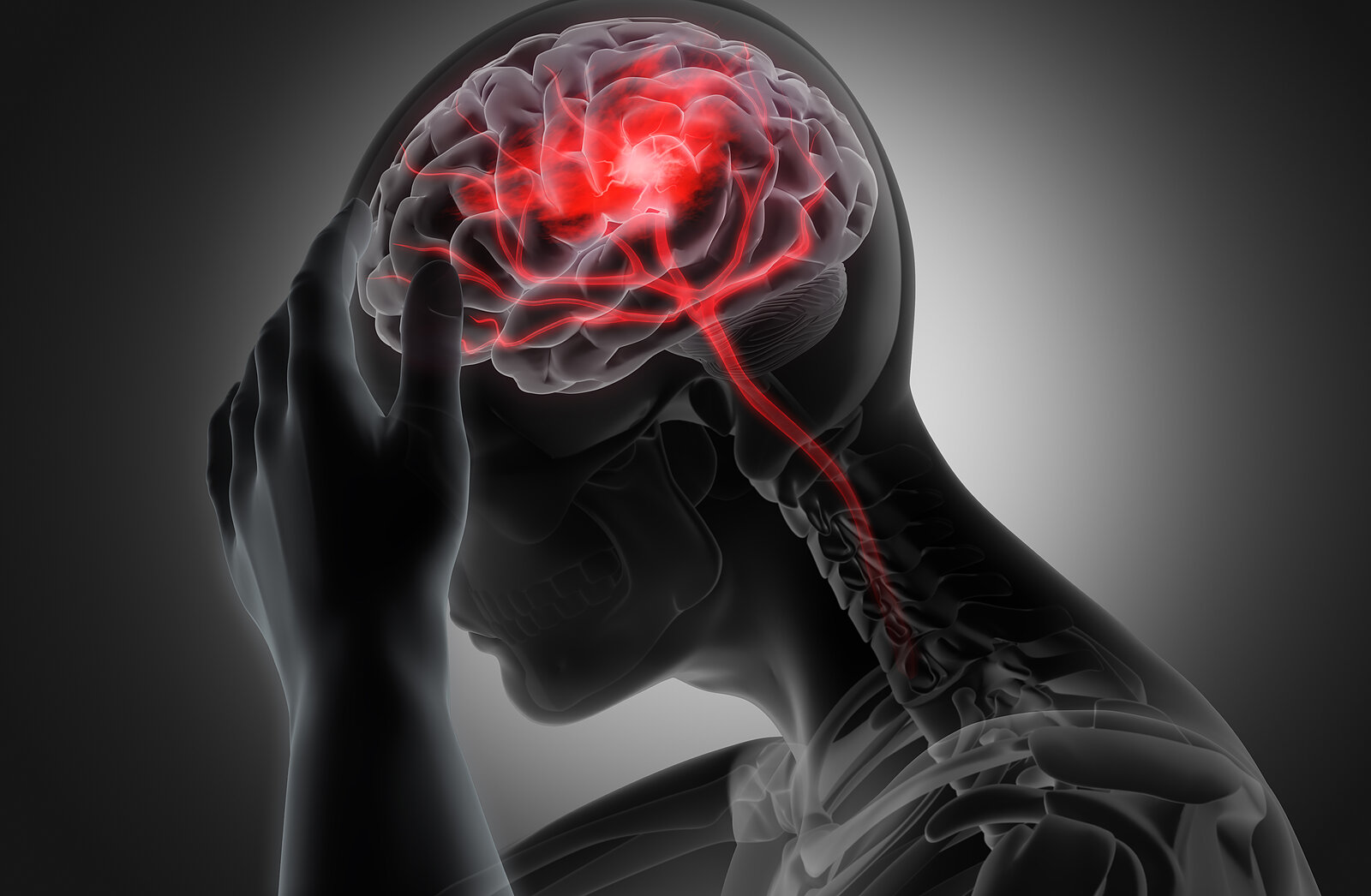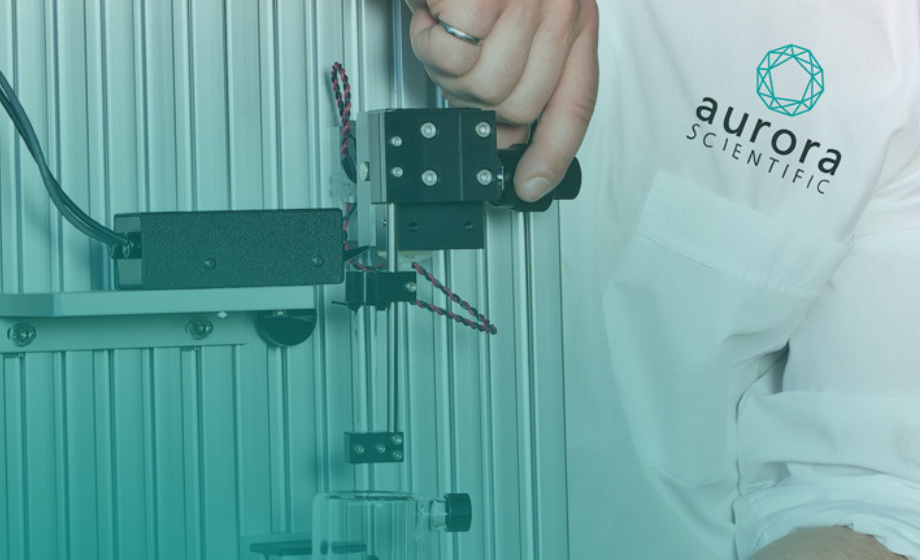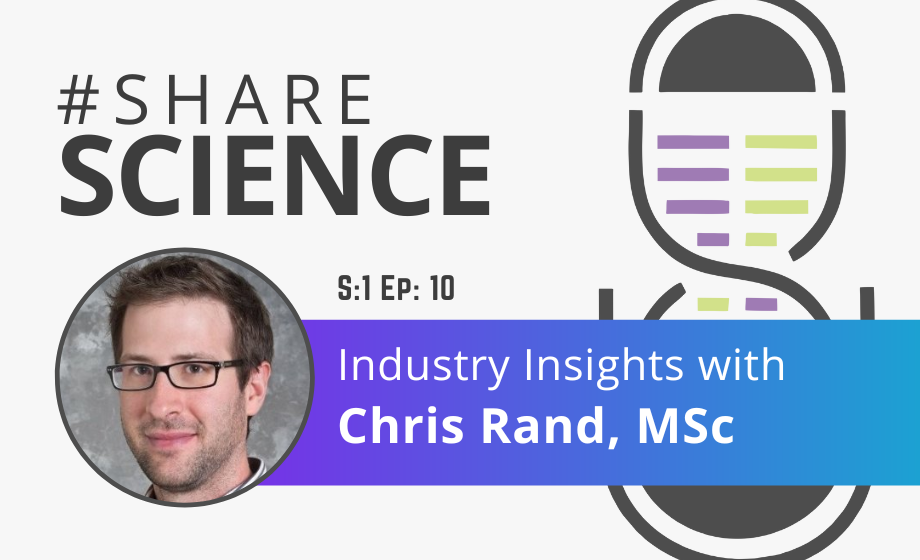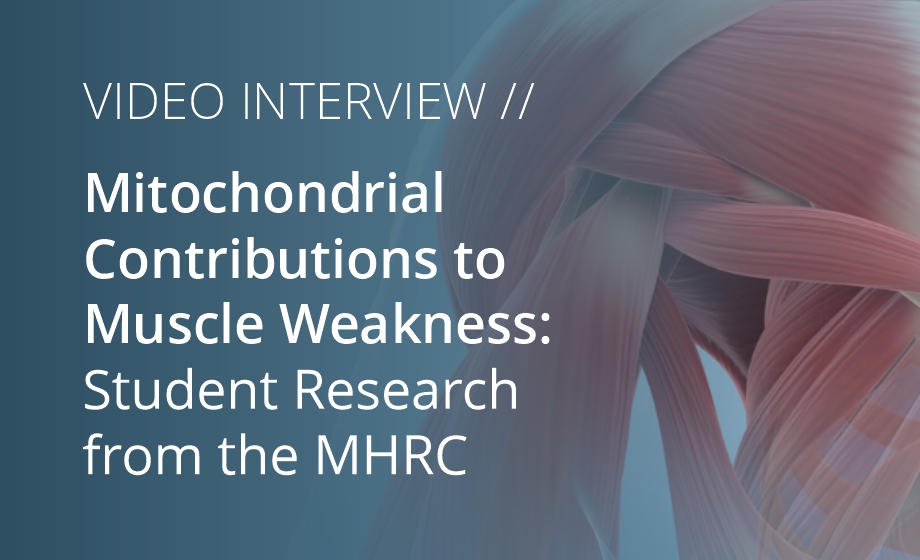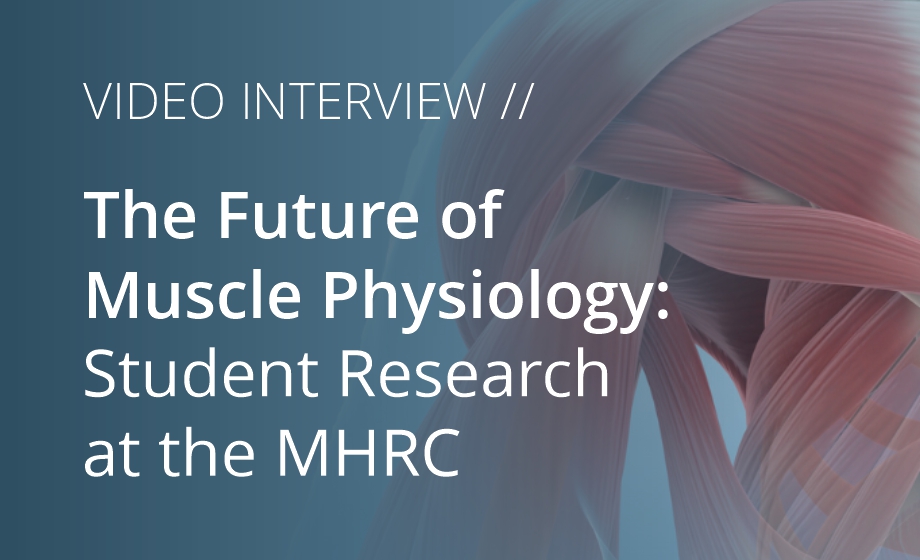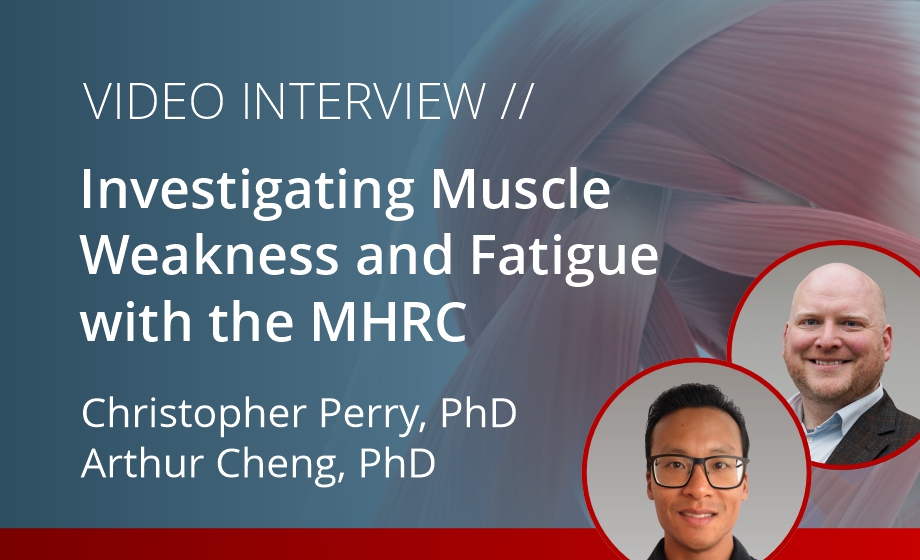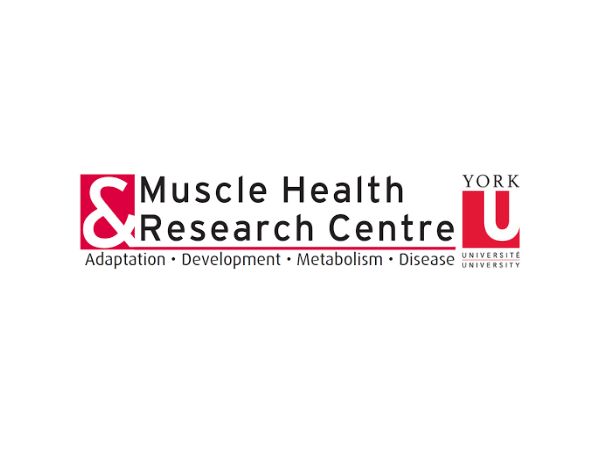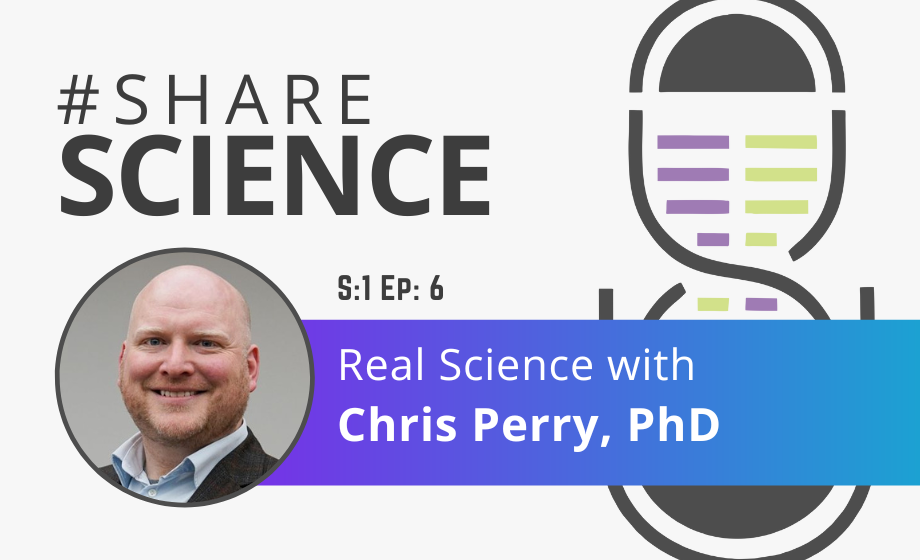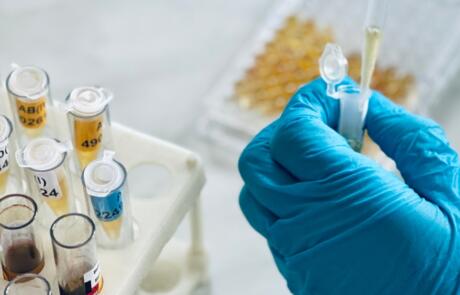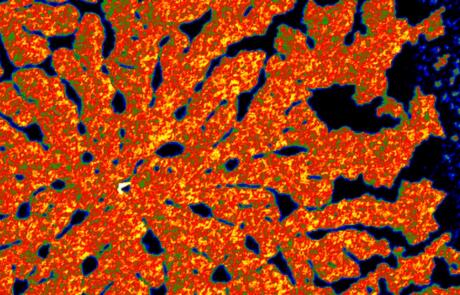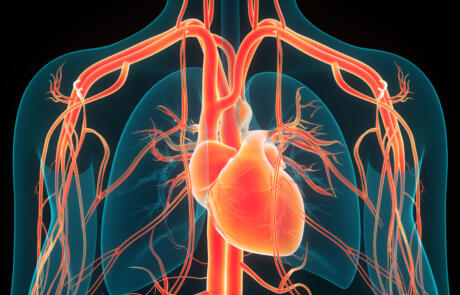Molecular Signals Mediating Increases in Muscle Size and Function
In this webinar, Dr. Bert Blaauw elucidates skeletal muscle regulatory pathways and offers approaches to tackle muscle deficits for therapy.
Pressure-Volume (PV) Loops: Overview and Applications
PV loops are widely used among cardiovascular researchers as well as countless other disciplines, but there seems to be a lack of educational resources about them. Here we dive into what PV loops are, when they are used, as well as some case studies and limitations.
#ExpertAnswers: Christopher Perry and Homira Osman on Integrating Patients, Clinical, and Advocacy Partners with Preclinical Research Labs
Dr. Christopher Perry, York University and Dr. Homira Osman, Muscular Dystrophy Canada answer questions from a recent webinar on how the integration of clinical, industrial, and not-for-profit advocacy partners with preclinical research labs offers great potential to improve our research impact.
Unlocking Heart Health: Revolutionizing Diastolic Function through Integrative Muscle Physiology at Wayne State University
Dr. Charles Chung is an Associate Professor of Physiology at Wayne State University. Using integrated physiology, analyzing data from the molecular level to the whole muscle, his laboratory aims to provide new directions and identify novel treatments for a variety of cardiac disorders. Learn more about his research group by watching the interview or summarized blog below.
Out of This World Research at Brock University: Space Flight’s Impact on Female Mice Reproductive Health
NASA's SpaceX CRS-29 launched on November 9th, a commercial resupply services mission to the International Space Station (ISS) that was also carrying scientific experiments and technology demonstrations. Included amongst these was the Rodent Research-20 (RR-20) payload, the contents of which will be studied by Brock University's Dr. Val Fajardo and his team using Aurora Scientific equipment upon its return.
Control of Muscle Glucose Uptake in vivo: Thinking Outside the Myocyte
In this webinar, David Wasserman, PhD provides a more complete understanding of muscle glucose uptake through consideration of the integration of physiological systems that control this process.
Cut and Paste of Myosin Binding Protein-C in Striated Muscles
Dr. Samantha Harris discusses the development of three new mouse models in her lab, engineered to target and replace specific myosin binding protein-C paralogs in muscle fibers and impact of their mutations on skeletal and cardiac muscle diseases.
Integrating Patient Engagement and Trainee Development in Pre-Clinical Research
Christopher Perry, PhD discusses how his laboratory aims to discover mechanisms by which metabolic dysfunction causes muscle weakness and apply these findings to develop new therapies for muscle disorders. Homira Osman, PhD provides a particular focus on leveraging scientific findings for practice and policy and linking trainees with patient communities.
What Does Exercise Do for the Brain?
While the overall benefits of exercise have been well documented, what exactly does exercise do for the brain? In this blog, we review two very recent publications that arrived at somewhat conflicting answers to this question.
How High-Impact Sports Affect Brain Health: Chronic Traumatic Encephalopathy (CTE)
Chronic Traumatic Encephalopathy (CTE) is a condition that arises from repeated head traumas, and can only be diagnosed after death. Learn more about the history behind this condition, current research, and potential ways to prevent CTE in this blog post, written by one of the Scientist.com STEM NIL Scholarship Winners.
Video Interview – Aurora Scientific’s 801C: Small Intact Muscle Apparatus
Chris Rand discusses Aurora Scientific's 801C: Small Intact Muscle Apparatus. The device can be used for measuring muscle contractility and for other applications in fields like muscle physiology and cardiovascular science research.
How Aurora Scientific is Empowering the Research Community: An Interview with General Manager Matt Borkowski
InsideScientific recently interviewed Matt Borkowski, General Manager of Aurora Scientific, where he discussed his new role, the company's approach to innovation, and commitment to providing customer support through educational resources.
Functional Recovery of the Musculoskeletal System Following Injury – Leveraging the Large Animal Model
Sarah Greising, PhD answers top questions from her recent webinar focused on the pathophysiologic understanding of the skeletal muscle remaining following traumatic musculoskeletal injuries, specifically in large animal models.
Cardiac Tissue Slices: Preparation, Data Acquisition, and Analysis
Bradley Palmer, PhD, answers top questions from a recent webinar on the challenging preparation of cardiac tissue slices and measurement of force and calcium.
#ExpertAnswers: Sarah Greising on Muscle Injury Recovery
Sarah Greising discusses the current pathophysiologic understanding of the skeletal muscle remaining following traumatic musculoskeletal injuries.
#ExpertAnswers: Bradley Palmer on Measuring Cardiac Tissue
Bradley Palmer answers questions from a recent webinar where he highlighted and demonstrated the challenging preparation of cardiac tissue slices and measurement of force and calcium.
Mitochondrial Adaptations and Homeostasis: Student Research from the MHRC
The Muscle Health Research Centre (MHRC) is one of Canada's leading innovators in muscle physiology research. In this blog post, we finish our series of interviews with student researchers at the MHRC and learn more about their research objectives, findings, and goals.
Industry Insights with Chris Rand from Aurora Scientific
This episode of Share Science features Chris Rand, MSc, sales and marketing manager at Aurora Scientific. In this interview, Chris shares Aurora Scientific’s history, their journey within the preclinical research world, and their advance into the neuroscience space.
Industry Insights with Chris Rand from Aurora Scientific
Chris Rand delves into the start and evolution of Aurora Scientific, and their journey within the preclinical research world.
Mitochondrial Contributions to Muscle Weakness: Student Research from the MHRC
The Muscle Health Research Centre (MHRC) is one of Canada's leading innovators in muscle physiology research. In this blog post, we continue our series of interviews with student researchers at the MHRC and learn more about their research objectives, findings, and goals.
Functional Recovery of the Musculoskeletal System Following Injury – Leveraging the Large Animal Model
Watch Dr. Sarah Greising discuss the current pathophysiologic understanding of the skeletal muscle remaining following traumatic musculoskeletal injuries.
The Future of Muscle Physiology: Student Research at the MHRC
The Muscle Health Research Centre (MHRC) is home to many researchers who push the boundaries of muscle physiology. In this blog post, we summarize an interview with three students from the Muscle Health Research Centre (MHRC) at York University.
Investigating Muscle Weakness and Fatigue with the MHRC
The Muscle Health Research Centre (MHRC) is home to many researchers who push the boundaries of muscle physiology. For this blog, we summarize interviews with two professors from the MHRC who investigate the mechanisms of muscle weakness and fatigue: Christopher Perry and Arthur Cheng.
Muscle Health Research Centre (MHRC)
The Muscle Health Research Centre (MHRC) provides a centralized and focused research emphasis on the importance of skeletal muscle to [...]
Talking Real Science with Chris Perry
This episode of Share Science features Christopher Perry, PhD, an associate professor at York University’s School of Kinesiology & Health Science, who shares his career path, but also his ideas and goals of creating a contract research organization (CRO) to further help those with muscle disease and to provide more opportunities for his trainees.
